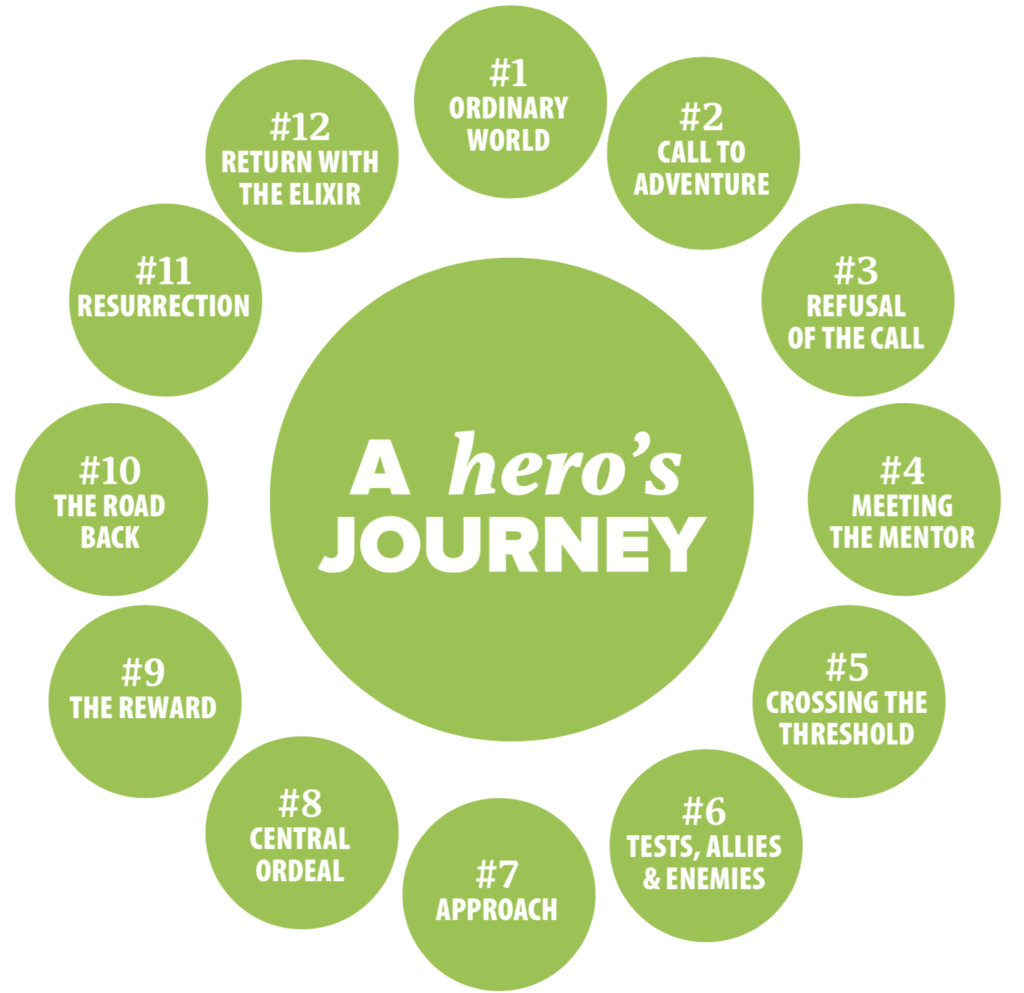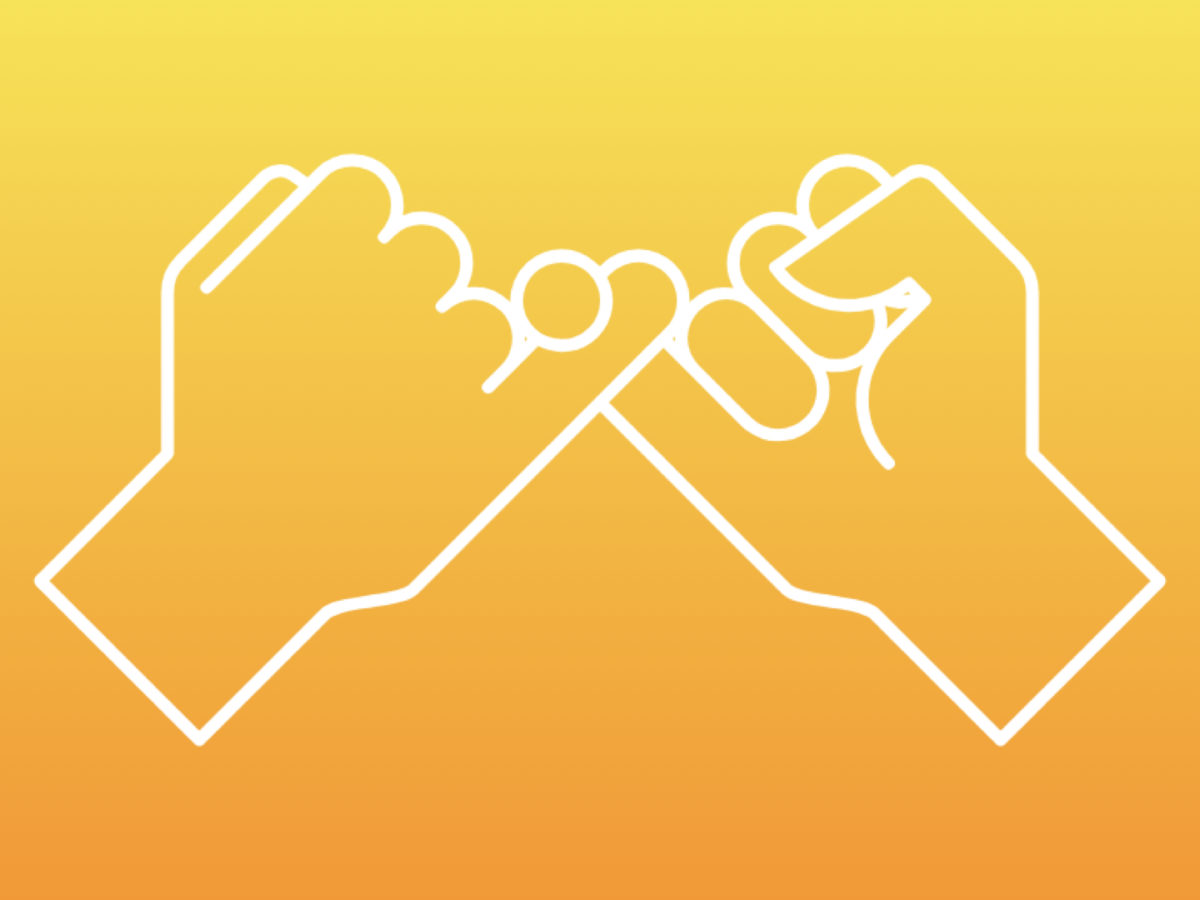In my experience, brand promise and keynote speech are rarely treated as one in the same.
That’s a terrific waste of a wonderful opportunity.
Yes, executives deliver keynotes to profile their company’s accomplishments, to be certain. They also showcase their expertise, and document the company’s journey. While informative, these keynotes usually come across as boastful and vain, not brand building.
So how can you build a brand promise into a presentation in such a way that audiences would feel drawn to you, and would want to be the champions of your brand?
First, what is a brand promise?
Before we begin, we need to have a mutual understanding of the term brand promise. Not something to be assumed – if you ask ten people to define brand, you’ll almost certainly get ten different definitions.
A brand is comprised of two things:
- A promise you make to your audience – My product will deliver happiness in this particular way.
- An expectation from your audience – We expect you’ll make us happy in the way you promised.
Seen this way, a brand promise is simply a shared understanding – you tell everyone what sort of happiness you’ll be delivering, while they drop their shield of cynicism and show faith that you’ll deliver.
What brand promise does a keynote audience want?
If you think that simply telling the amazing story of your company and products is enough to win over your audience, you’re sadly mistaken.
Here we come to a fundamental truth. Your audience doesn’t want to hear about you as the hero of your story. They want to imagine themselves as the hero.
If this sounds a bit obtuse, consider the difference between these opening lines:
- I want to tell you about how we managed to make paper that won’t give paper cuts
- I want to tell you about how you can live without paper cuts.
In the first line, the speaker announces that this adventure is hers – we’re just passive onlookers. In the second, she’s inviting you to experience the adventure yourself.
So what role does the speaker play? The mentor, guiding us along our path of adventure. She is Yoda, we are Luke Skywalker. (If you want ideas on how to turn your ‘me as hero’ story into a ‘me as mentor’ story, we should probably chat).
Now, back to brand promise. To build your brand with a keynote audience, you need to position it in such a way that they feel part of the story – even if they can’t be on stage with you.
How to prepare a keynote that delivers a brand promise
There are two powerful story templates that enable you to let your audience live the adventure of your brand. The origin story, and the customer story.
The origin story
This is the story of how you started, built, and brought to fruition your company, or the project, or the experience you’re up on stage recounting.
We’ve all seen terrible versions of origin stories. They’re the sanitized ‘About Us’ blurbs you find on corporate websites. They read like press releases, documenting the company’s seamless rise to success.
Which is about as authentic as a televangelist.
If you want to tell a story, it needs to have elements of the hero’s journey. Here’s a diagram of that journey from my Ultimate Presentation book (the book provides a pretty indepth documentation of how to build your hero’s journey – well worth the read).

I would also recommend opening the kimono, and letting everyone know that your journey was fraught with f**kups. More on that here.
Long story short: by exposing your vulnerabilities, you make yourself relatable and build empathy in your brand. I as an audience member suspend disbelief and imagine that I could be just like you.
The customer story
That said, nothing builds a bond with an audience better than recounting the story of someone just like them who had a positive experience with the brand.
Want proof? Look no further than testimonial videos.
The reason humble testimonial videos continue to work brilliantly in marketing is because audiences want to hear about how a brand delivers happiness from someone that they can relate to who is not in the company. (If you want to know how to make testimonial videos work, read this story.)
Why are customer stories so powerful? Because everyone in your audience knows the customer you’re describing doesn’t have a vested interest in your company. In plain words – customers aren’t paid shills.
There’s more to a brand promise
A brand is a complex, multi-faceted thing. On stage, delivering your brand promise means more than simply making your audience the hero, and giving them stories that build empathy. Much like a great movie is more than a script, a great presentation comes with great delivery, great design, great execution.
But that’s another story.
If you liked this story, here are a couple more you’ll enjoy:
Want to craft a better presentation? Sign up for my next Ultimate Presentation workshop or reach out to me directly for coaching.
If you want my insights direct to your inbox, sign up for my newsletter below.
And finally, if you enjoyed this story, please share it with your nearest 5,000 friends.



